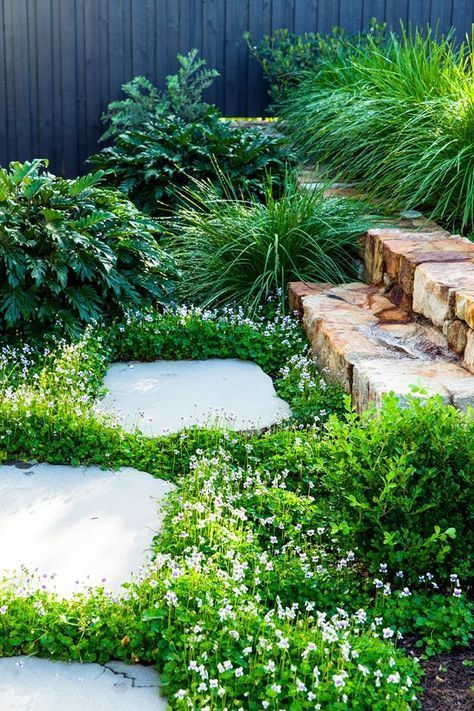Garden design can be elevated to the next level by incorporating stones into the landscape. Stones can add a natural and organic element to any garden, creating a sense of tranquility and elegance. When strategically placed and thoughtfully arranged, stones can enhance the overall aesthetic of the space, adding texture, depth, and visual interest.
One way to incorporate stones into garden design is by creating a pathway or walkway. This not only serves a practical purpose by guiding visitors through the garden, but also adds a sculptural element to the landscape. Whether using large stepping stones or smaller gravel, a stone pathway can create a sense of rhythm and flow in the garden, leading the eye and drawing visitors further into the space.
Another popular way to use stones in garden design is by creating a rock garden or a dry riverbed. By utilizing stones of varying sizes and shapes, a rock garden can add depth and dimension to the landscape. This type of design can be especially effective in areas where traditional gardening may be difficult, such as on slopes or in areas with poor soil drainage. A dry riverbed can also be a creative way to add visual interest to a garden, mimicking the flow of water without the need for constant maintenance.
Stones can also be used to create focal points or accents within the garden. By incorporating a large, dramatic boulder as a centerpiece, or using smaller stones to line a flower bed or define a border, stones can help to create visual interest and draw attention to specific areas of the garden. Additionally, stones can be used to create seating areas, retaining walls, or decorative sculptures, adding an unexpected touch of whimsy or sophistication to the landscape.
When choosing stones for garden design, it is important to consider the overall aesthetic of the space and to select stones that complement the existing elements of the garden. Whether opting for smooth river rocks, rugged granite boulders, or colorful pebbles, the type of stone used can have a significant impact on the overall look and feel of the garden. By experimenting with different sizes, shapes, and colors of stones, gardeners can create a unique and personalized design that reflects their individual style and preferences.
In conclusion, stones can be a versatile and dynamic element in garden design, adding texture, depth, and visual interest to the landscape. Whether used to create pathways, rock gardens, or focal points, stones can help to create a sense of tranquility and elegance in the garden. By carefully selecting and arranging stones, gardeners can transform their outdoor space into a beautiful and inviting oasis that reflects their own personal style and creativity.
















